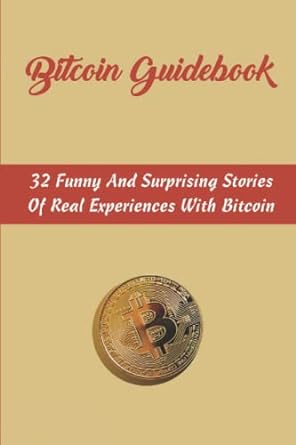Question
SCENARIO WACC = E / (E + D) * Cost of Equity + D / (E + D) * Cost of Debt * (1 -
SCENARIO
WACC = E / (E + D) * Cost of Equity + D / (E + D) * Cost of Debt * (1 - Tax Rate)
1. Weights used in the calculation:
Generally speaking, a company's assets are financed by debt and equity. We need to calculate the weight of equity and the weight of debt.
The market value of equity (E) is also called "Market Cap". As of today, Company As market capitalization (E) is $131.221 Mil.
We we use book value of debt (D) to do the calculation.
As of Jun. 2020, Company As latest two-year average Short-Term Debt & Capital Lease Obligation was $51.87 Mil and its latest two-year average Long-Term Debt & Capital Lease Obligation was $244.96 Mil. The total Book Value of Debt (D) is $296.83 Mil.
a) weight of equity = E / (E + D) = 131.22 / (131.22 + 296.83) = 0.31
b) weight of debt = D / (E + D) = 296.83 / (131.22 + 296.83) = 0.69
2. Cost of Equity: We use Capital Asset Pricing Model (CAPM) to calculate the required rate of return. The formula is:
Cost of Equity = Risk-Free Rate of Return + Beta of Asset * (Expected Return of the Market - RiskFree Rate of Return)
We use the 10-Year Treasury Bond Rate as the risk-free rate. The current risk-free rate is 9.5%. Please note that we use the 10-Year Treasury Bond Rate of the country/region where the company is headquartered. If the data for that country/region is not available, then we will use the 10-Year Treasury Bond Rate of the United States as default.
Beta is the sensitivity of the expected excess asset returns to the expected excess market returns. Company As asset beta is 4.12.
(Expected Return of the Market - Risk-Free Rate of Return) is also called market premium. We requires market premium to be 6%.
Cost of Equity = 9.50% + 4.12 * 6% = 34.22%
3. Cost of Debt:
We use last fiscal year end Interest Expense divided by the latest two-year average debt to get the simplified cost of debt. As of Dec. 2019, Company As interest expense was $83.11 Mil. Its total Book Value of Debt (D) is $296.83 Mil.
Cost of Debt = 83.11 / 296.83 = 27.99%.
4. Multiply by one minus Average Tax Rate:
We use the latest two-year average tax rate to do the calculation.
The latest Two-year Average Tax Rate is -1.68%.
Company As Weighted Average Cost Of Capital (WACC) for Today is calculated as:
WACC = E / (E + D) x Cost of Equity + D / (E + D) x Cost of Debt x (1 - Tax Rate) = 0.31 x 34.22% + 0.69 x 27.99% x (1 - -1.68%) = 30.23%
All numbers are in millions except for per share data and ratio. All numbers are indicated in the company's associated stock exchange currency.
As of today Company As weighted average cost of capital is 30.23%. Company As ROIC % is - 28.58%.
QUESTIONS
1. The calculation made use of the SA 10-year T. Bond rate. Is this an appropriate rate to use as a proxy for the risk-free rate? Why not use a short-term Treasury Bill rate? Why not use a 20-year Treasury Bond rate? (5 marks)
2. There is a suggestion that the USA 10-year treasury bond rate is used as an alternative to the SA 10-year treasury bond rate when looking at a proxy for the risk-free rate. In this case that was not necessary because we had the SA 10-year treasury bond rate. But lets assume that the SA 10-year treasury bond rate was not available; would the choice of the USA based rate be appropriate? Explain. (3 marks)
3. Comment on the use of Company As asset beta as a measure of it market risk within the CAPM framework. Do you agree with this choice of beta? Explain why you do or explain why you do not agree.
Step by Step Solution
There are 3 Steps involved in it
Step: 1

Get Instant Access to Expert-Tailored Solutions
See step-by-step solutions with expert insights and AI powered tools for academic success
Step: 2

Step: 3

Ace Your Homework with AI
Get the answers you need in no time with our AI-driven, step-by-step assistance
Get Started


